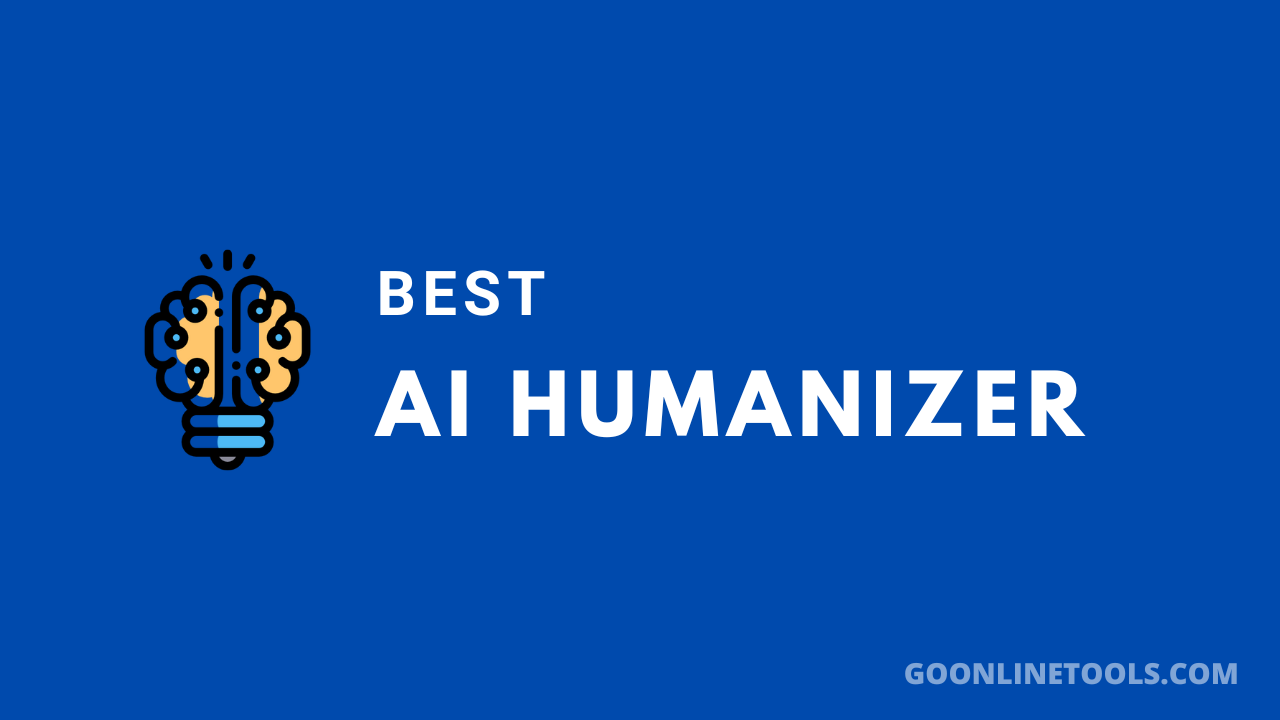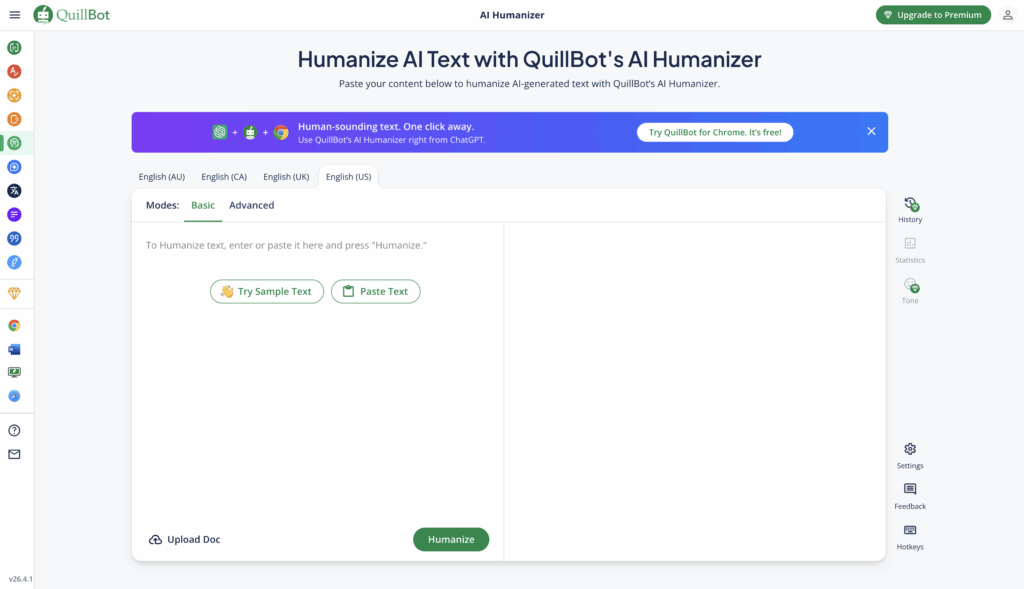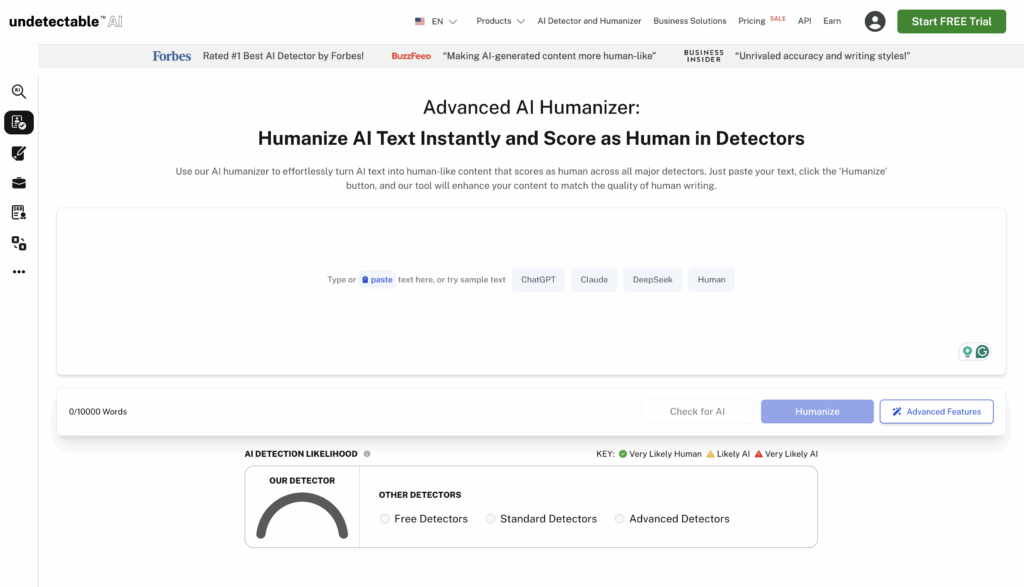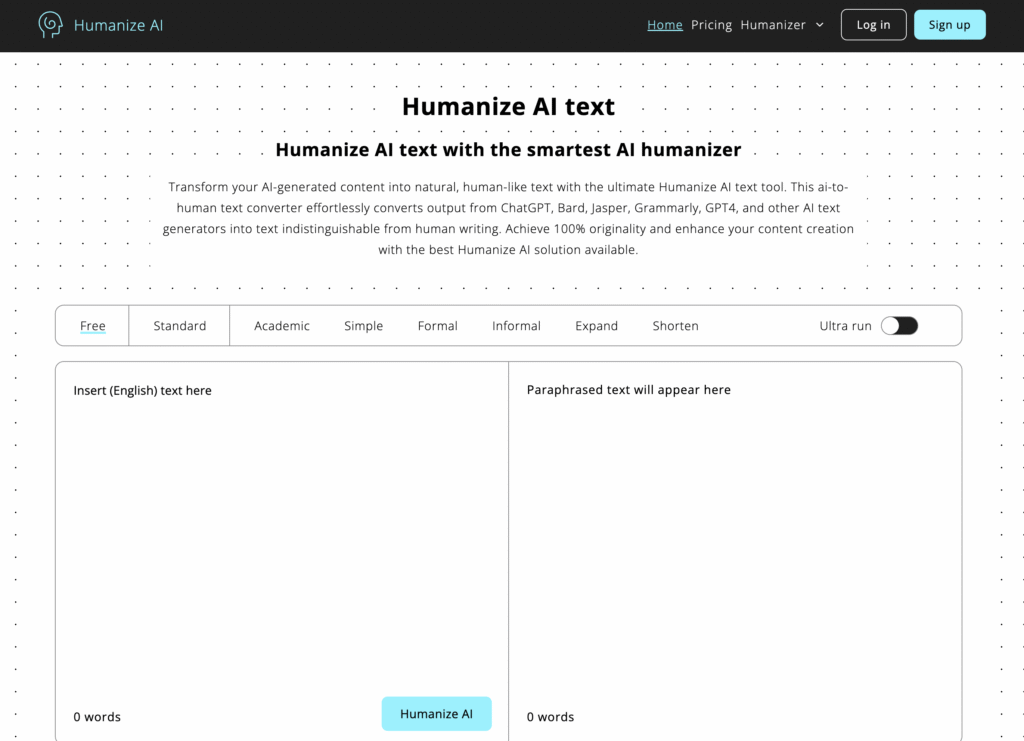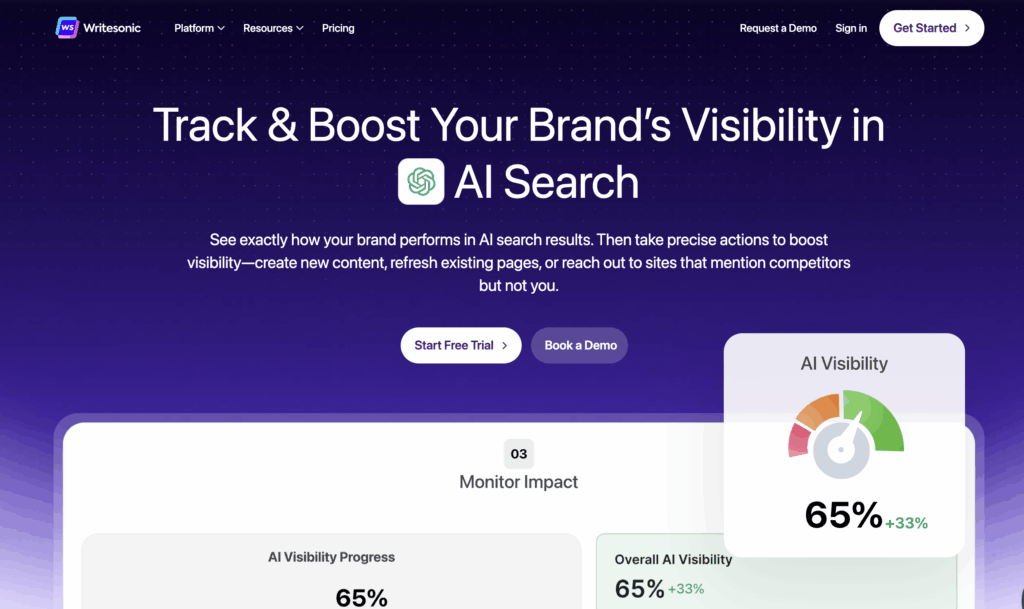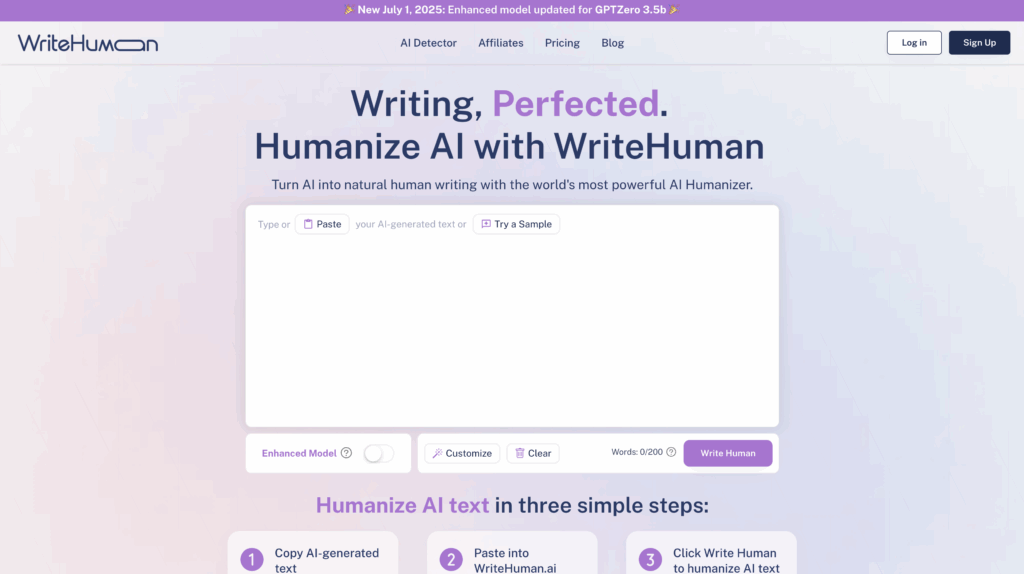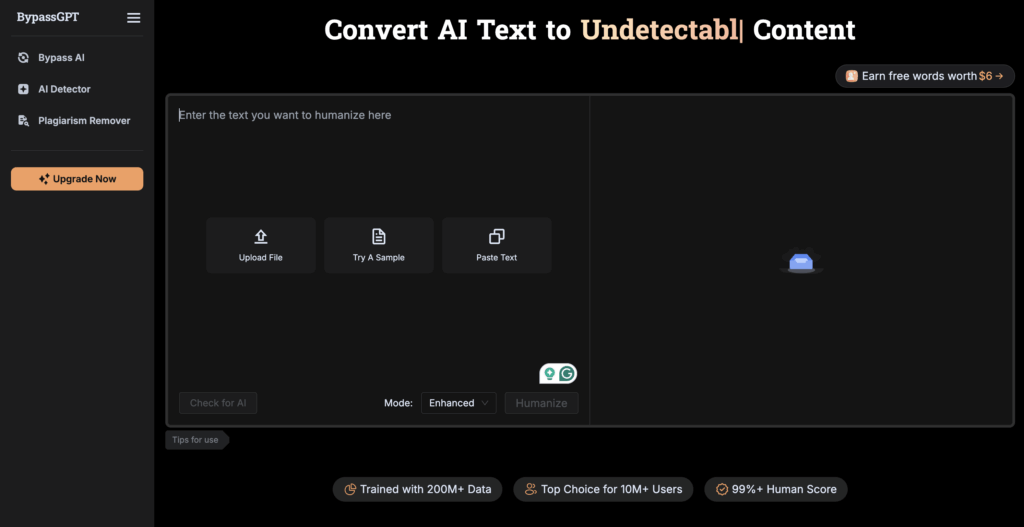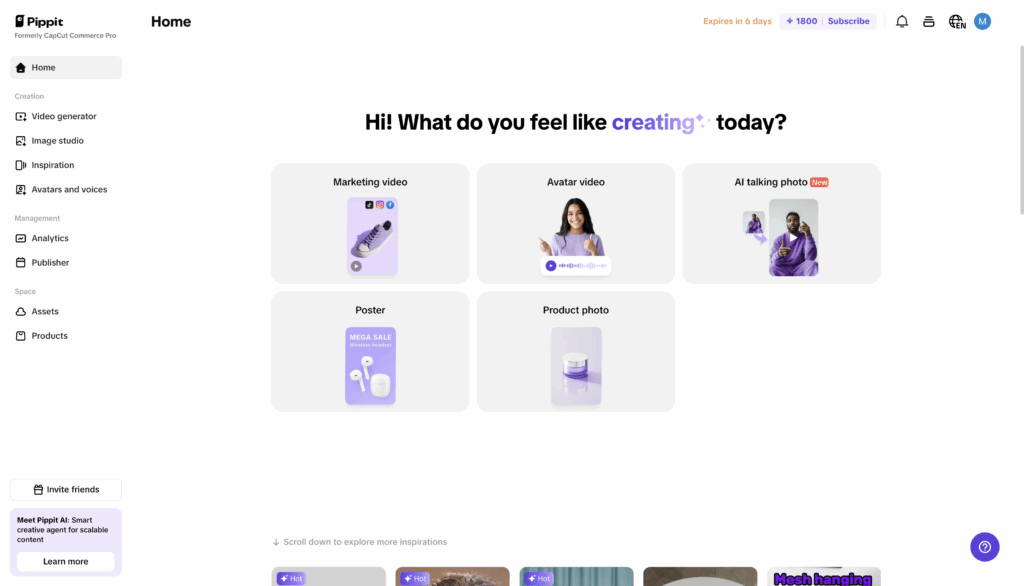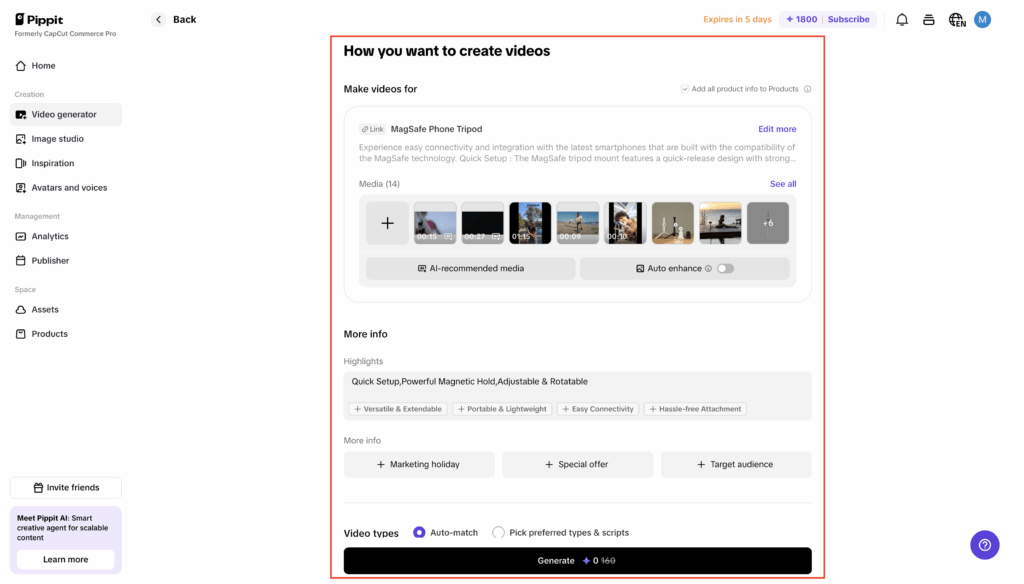The college grind gets to students. Papers stack up, deadlines collide, and suddenly it’s 2 AM and you have an essay due tomorrow that you haven’t even started. That stomach-dropping panic has many turning to writing services for help. With so many sites promising to save your academic life, knowing which ones won’t take your money and run is hard. KingEssays keeps popping up in hushed campus conversations and online forums – but can you trust it?
What KingEssays Claims to Offer
KingEssays says it’s a professional writing service that helps students with all kinds of papers. They handle everything from basic essays to those monster dissertations. Their site promises quality work, on-time delivery, and papers that won’t trigger plagiarism alarms.
All writers of KingEssays are native English speakers with at least two years of academic writing experience and expertise. That’s what they claim, anyway. This should mean papers have good grammar, flow well, and sound like proper academic writing rather than something cobbled together overnight.
They cover most subject areas:
- Humanities (Literature, History, Philosophy)
- Social Sciences (Psychology, Sociology, Politics)
- Business and Economics
- STEM subjects (Biology, Chemistry, Computer Science)
- Law and Medical Studies
Prices start at $11.99 per page for high school work due in 14 days. Prices climb based on level, deadline, and assignment type. These rates sit comfortably in the middle compared to other services – neither suspiciously cheap nor eyebrow-raisingly expensive.
What Past Users Have to Say
User feedback tells you the real story about a service. KingEssays customer reviews show mixed but mostly positive results. On TrustPilot and SiteJabber, they maintain ratings between 4.3-4.7 out of 5 stars.
Good points often include:
- Papers delivered on time
- Willing to make changes when asked
- Quick customer support
- Papers that actually match the assignment requirements
Bad points are usually mentioned:
- Sometimes misunderstanding instructions
- Some writers better than others
- Headaches with pricing or surprise charges
Mary, a psychology student from Ohio State, shared: “I’ve used them twice for papers I couldn’t finish because my work schedule was absolutely brutal. The first paper was really good – got an A. The second needed some fixes, but they changed it quickly without giving me grief about it.”
This mix of feedback rings true. A service with nothing but glowing reviews would set off alarm bells. Having both praise and complaints suggests these are genuine experiences from real, stressed-out students.
Security and Payment Concerns
Students worry about money and keeping their information private – for good reason. The secure payments KingEssays offers include credit cards, PayPal, and Apple Pay. Their checkout uses SSL encryption to keep your financial details locked down.
What about privacy? The company claims they have strict confidentiality rules. They don’t share customer info with others and don’t ask for your life story when you sign up. Just email, name, and phone number.
Their refund policy says you can get your money back if:
- They miss your deadline (and you’re left in the lurch)
- The work is poor and can’t be rescued with revisions
- They plagiarize content
- You cancel before a writer starts working
These policies look standard for this industry, though what counts as “poor quality” can be fuzzy territory. The fine print matters here more than you might think.
Quality Control Measures
The trusted essay help KingEssays provides supposedly goes through several checks. According to their site, each paper undergoes:
- Writing by a subject specialist
- Editing for content and structure
- Fixing grammar and style
- Checking for plagiarism
- Final quality check
This process sounds reassuring in theory. But does it hold water in practice? KingEssays writing quality seems to vary based on feedback. Papers in everyday subjects like English, History, and Business tend to get better reviews than those brain-bending technical subjects.
Professor Wilson from the University of Michigan, who studies academic honesty, says: “Most essay services can handle basic college papers reasonably well. Where they fall flat is with specialized topics that need deep knowledge or special resources that Google just can’t provide.”
Legal and Ethical Considerations
Many students wonder if using these services crosses a line. KingEssays is a legit writing service as a registered business that sells content. The transaction itself isn’t breaking any laws.
However, the ethics of how students use these papers get murky fast. Most schools have policies that would make your heart skip a beat about submitting purchased papers as your own work. KingEssays and similar services usually include fine-print disclaimers saying their papers should be used for “research and reference only.”
In reality, many students turn to these services when they:
- Face truly impossible deadlines
- Struggle with language barriers (especially international students far from home)
- Work full-time while studying
- Deal with personal emergencies that professors don’t always understand
- Need examples of what proper academic writing actually looks like
How the papers are ultimately used falls on the student’s shoulders. KingEssays operates in that legal gray area that exists in most countries – not quite wrong but not quite right either.
The Final Verdict
Can you trust KingEssays? The answer isn’t black and white. From everything we can see, they appear to be legitimate and deliver acceptable quality most time. They’re neither the shining star nor the bottom of the barrel in this industry.
Students thinking about using KingEssays should:
- Plan ahead when possible to avoid those painful rush fees
- Be crystal clear with instructions (leave nothing to chance)
- Save all communication (just in case things go sideways)
- Know their school’s policies on outside help
- Consider if this particular assignment truly needs outside help
Trust comes from consistency and transparency. KingEssays seems to have enough of both to keep its doors open, but like anything in life, they aren’t perfect. Your experience will vary based on your assignment, the writer you get matched with, and how well you explain what you need.
For students truly backed into a corner, KingEssays might be a helping hand. Just remember the wisdom your grandmother probably shared: trust, but verify. Check any paper you receive with a critical eye, and make absolutely sure it meets your needs before turning it in.


